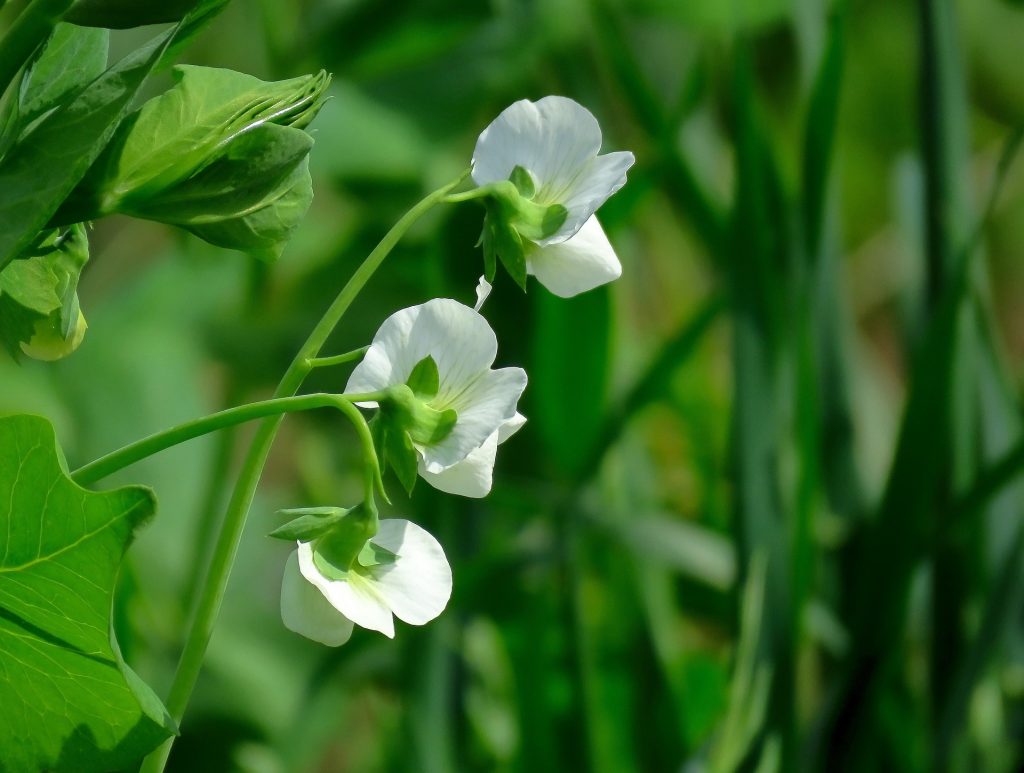Growing Peas
Peas can be broadly divided into field peas, traditional garden peas, sugar snaps and snow peas. The crop that gives back to the soil as much as it takes out but they can be a bit finicky to grow.
Field peas are grown mostly for their dried seeds which are used for animal fodder and in soups and other dishes. The pod of the garden pea is discarded in favour of tender immature seeds. Snow peas and sugar snaps have edible pods – the former with a broad, flat pod and the latter with a pod that looks like garden peas, but with a thinner wall. Sugar snaps and snow peas are the most commonly grown in the Canberra region.

Site and soil
Peas will do best in a well-drained, moderately rich soil. Because they come with their own supply of nitrogen, the soil doesn’t need to be nitrogen-rich. For this reason, peas can be planted after a ‘greedy’ crop. Try not to plant peas after beans (in the same bed), to avoid transfer of similar pests.
A sunny position is preferable and a fair bit of garden is required to grow enough plants for a decent yield.
Planting
Sow seeds to a depth of 5cm (or a little deeper in warmer weather) at intervals of around 10cm. Rows should be spaced between 50-90cm apart, depending on variety – dwarf varieties need more space as they have a broader form than climbing and tall varieties.
To avoid seed rot, plant seeds in moist soil (preferably in temperatures above 5 degrees) and don’t water until germination occurs. Only mulch around strong seedlings, and keep mulch away from stems. A cloche may be used to protect tender seedlings.
Bush or dwarf varieties generally support themselves, but for most other varieties, some type of trellis or stake will help productivity, air circulation and harvest.
Peas prefer cool weather. Mature plants are not greatly affected by frost, but heavy frosts may prevent flowers from setting into pods. If you are planning to plant peas in warmer months, they’ll be happier in a spot in the garden with a bit of shade.

Harvesting
Once pods begin to form, they need to be harvested regularly, before the pods go wrinkly. Harvest starts 8-10 weeks after planting and lasts for between 3-6 weeks.
After the final harvest, cut the stems off at ground level, rather than pulling the plant out of the ground. This way, the nitrogen in the roots will be released back into the soil, ready for the next crop.
Problems
Powdery mildew – a grey powder on the leaves – is the pea’s most common complaint. Avoid overhead watering and try a foliar application of liquid fertiliser on a warm day.
